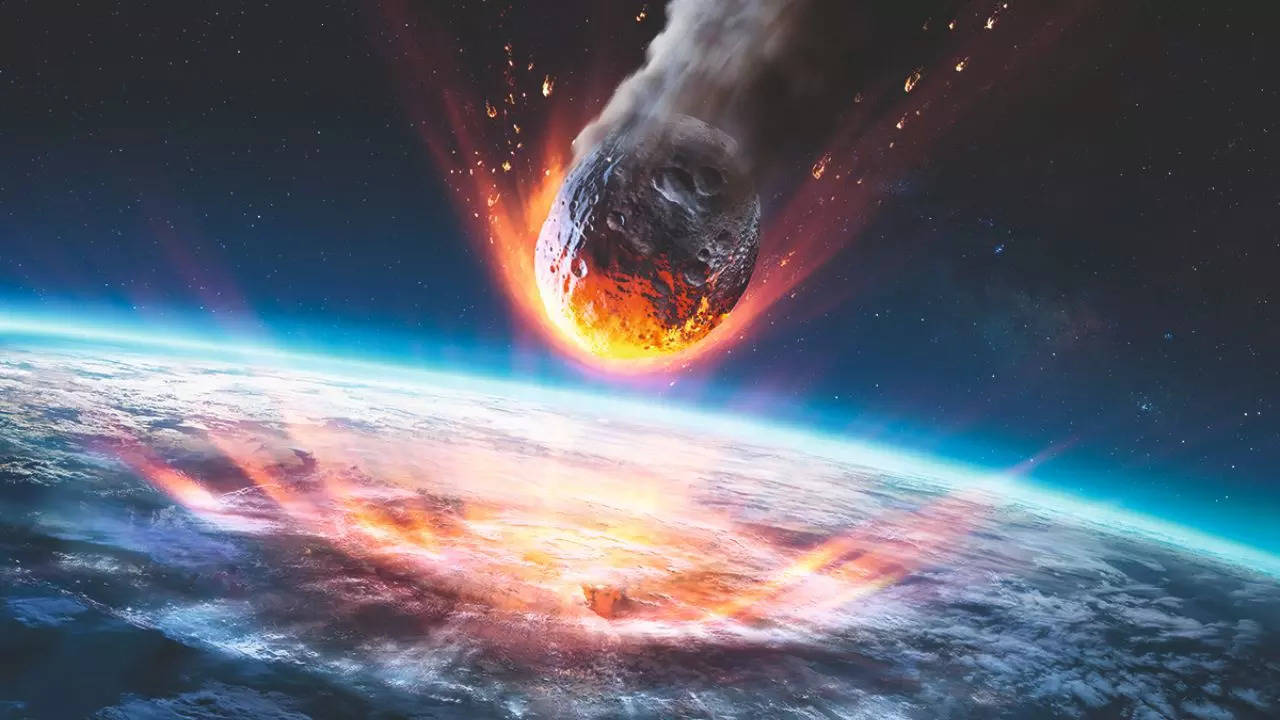NASA warns of close encounter with Asteroid 2024 KA1.
A 99-foot (30.38 metres) asteroid, named 2024 KA1, is set to make a close approach to Earth today, June 7, 2024. NASA has been closely monitoring this asteroid, which belongs to the Apollo group, a category of asteroids known for their Earth-crossing orbits. Travelling at an impressive speed of 29,961 km/h, 2024 KA1 will make its closest approach to our planet at 11:06 UTC, coming within 1.8 million kilometres of Earth.
While 1.8 million kilometres might sound like a significant distance, it’s relatively close in astronomical terms. It’s important to note that the majority of near-Earth objects (NEOs) do not pose a threat to our planet. However, there are a small fraction of these objects, called potentially hazardous asteroids (PHAs), that warrant more attention. PHAs are defined as asteroids that are over 460 feet (140 metres) in size and come within 7.5 million kilometres of Earth’s orbit around the Sun.
NASA’s Center for Near-Earth Object Studies (CNEOS) continuously monitors all known NEOs to assess any potential impact risk. The data for these orbital positions come from the Minor Planet Center, which gathers position measurements from observatories worldwide, including contributions from amateur astronomers. However, the majority of asteroid-tracking data is collected by large NASA-funded observatories like Pan-STARRS, the Catalina Sky Survey, and the NASA NEOWISE mission. Future efforts will also include the NEO Surveyor mission. Additionally, planetary radar projects, including the Goldstone Solar System Radar Group at NASA’s Jet Propulsion Laboratory (JPL), play a crucial role in the NEO Observations Program.
While 2024 KA1 does not pose a direct threat to Earth, its close approach highlights the importance of continuous monitoring of near-Earth objects. These efforts ensure that any potential risks are identified and assessed well in advance. So, while 2024 KA1’s flyby might be a bit nerve-wracking, rest assured that NASA and other space agencies are keeping a vigilant eye on the sky to protect our planet from any potential hazards.




